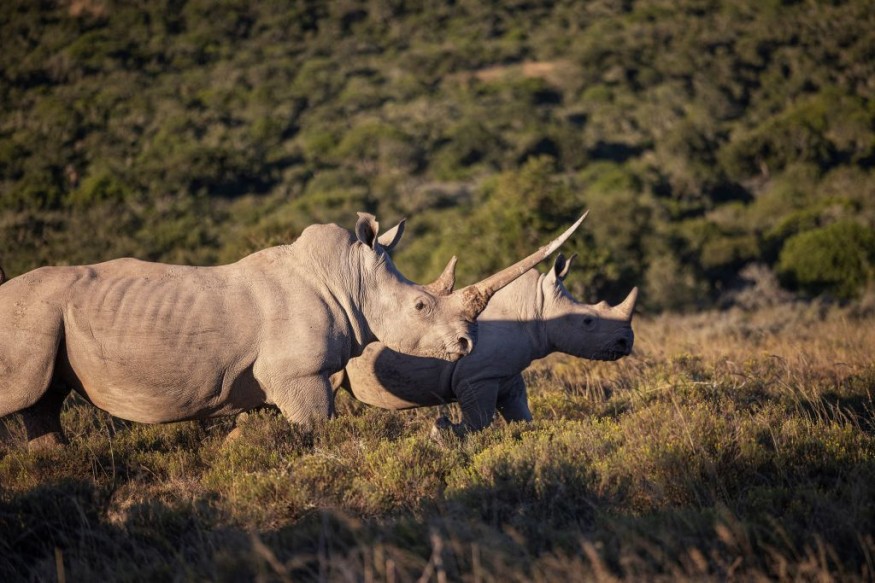The rhinoceros population has been devastated by poaching, climate change and habitat loss. Continuous conservation efforts have helped to increase the global number of rhinos.
Reports showed that more than 7,100 African rhinoceros have died due to poaching. Rhinos have been targeted for poaching for the value of their horn and uses for traditional medicines.
The animal decline can lead to a brink of extinction, especially the Sumatran and Javan rhinos. As a result, conservation and protection efforts are essential to save their endangered species.
Recovering population of rhinos

In recent reports, the global population of rhinos managed to recover slowly despite the growing concerns about poaching and habitat loss. The said animal's population increased to 26,272.
The recovery was noticeable in the end of 2021. The conservation and rehabilitation efforts have significantly increased the number of endangered rhinos.
Here are the latest numbers about the rhino population:
- The global population of rhinos increased to about 26,272.
- In 2022, the southern white rhino recovered, reaching at least 16,803. In 2021, the white rhino was only 15, 942 and 18,067 in 2017.
- In 2022, the number of black rhinos reached 6,487. In 2021, the population was only 6,195.
- The Javan and Sumatran are on the brink of collapse. Javan species had about 76 in 2021, while Sumatran was 34 to 47.
- In 2021, the Great one-horned rhinos had 4,014.
Climate change and habitat loss are also two factors that affect the rhinos. The climate change-induced extreme drought can make it challenging for rhinos to survive and look for potential food.
In addition, the high temperatures can spawn deadly wildfires. Water loss can also occur due to the dry conditions.
The frequent weather changes can cause the emergence of invasive species, affecting the essential food sources of rhinos.
Conservationists are also looking into ways to protect the population of Sumatran and Javan Rhinos, which are on the brink of extinction. The IUN Red List classified the two species as critically endangered.
More facts about rhinos
Rhinos depend on their smell because of their poor vision. They can communicate with their other rhinos using honks. They can growl to show dominance and fight other rhinos.
Every September 22, people celebrate World Rhino Day to raise awareness about the Rhino population and call for urgent efforts to protect their species.
There are five species of rhinos: Javan rhino, Black rhino, white rhino and Indian Rhino. They thrive in dense forest areas. Their size or appearance makes them the second largest animal found on land.
The horn is made of keratin, making it more attractive for poachers. The horn has a high value that poachers sell for traditional medicine or cultural traditions.
Related Article : Alarming Whale Deaths in Northeast Blamed For Climate Change, Vessel Collisions, Fishing Gear Entanglement
For more similar stories, don't forget to follow Nature World News.
© 2026 NatureWorldNews.com All rights reserved. Do not reproduce without permission.





